Hair Care: Tips and Techniques for Healthy, Beautiful Hair
Maintaining beautiful, healthy hair requires more than just using the right appliances. It involves a comprehensive hair care routine that nurtures and strengthens your locks from root to tip. Whether you’re aiming for sleek, straight hair or gorgeous curls, understanding the essentials of hair care is the first step towards achieving your dream hairstyle.
Understanding Your Hair Type
Before diving into specific routines and products, it is crucial to understand your hair type. Hair can generally be classified into four types: straight, wavy, curly, and coily. Each type has its own unique structure and specific needs:
- Straight Hair: Typically more prone to oiliness, straight hair requires frequent washing to maintain a fresh, clean appearance.
- Wavy Hair: Characterized by a natural S-shape, wavy hair can be either fine or coarse and needs balanced care to avoid frizz while maintaining volume.
- Curly Hair: With distinct, well-defined ringlets, curly hair tends to be drier and is more prone to breakage, so it needs intensive moisturizing.
- Coily Hair: Featuring tight, dense curls that can shrink up to 70% of their actual length, coily hair requires deep conditioning to retain moisture and prevent breakage.
Daily Hair Care Routine
Cleansing
Choosing the right shampoo and conditioner is essential. Look for products that are sulfate-free and tailored to your hair type.
-
Frequency: Wash your hair based on its needs. Straight and oily hair might need daily washing, while curly and coily hair can be washed once or twice a week to avoid stripping it of its natural oils.
-
Technique: Massage shampoo into the scalp to stimulate blood flow and promote hair growth. Follow up with a conditioner, focusing on the mid-lengths to the ends to detangle and nourish.
Moisturizing and Conditioning
-
Leave-In Conditioners: These are particularly beneficial for curly and coily hair types. They provide continual moisture and help in detangling.
-
Deep Conditioners: Use a deep conditioning treatment at least once a week to repair and restore damaged hair. Look for treatments with ingredients like keratin, argan oil, and coconut oil.
Heat Protection
Heat styling tools like straighteners and curlers can cause significant damage if not used correctly:
- Heat Protectants: Always apply a heat protectant spray before using heat appliances. This creates a barrier that reduces heat damage.
Drying
-
Air Drying: Whenever possible, let your hair air dry to minimize heat exposure.
-
Towel Drying: Use a microfiber towel to gently blot your hair, reducing frizz and preventing breakage.
Styling Tips with Heat Appliances
Straightening
-
Preparation: Make sure your hair is completely dry before using a straightener to avoid frying your strands.
-
Technique: Divide your hair into sections and work from the bottom layers up. Use smooth, controlled movements from root to tip.
Curling
-
Preparation: Similar to straightening, your hair should be dry and protected by a heat protectant.
-
Technique: For natural-looking curls, vary the direction in which you wrap each section around the barrel of the curler. Hold each section for approximately 10 seconds, then release gently.
General Tips
-
Temperature Control: Use appliances with adjustable heat settings. Fine or damaged hair should use a lower setting, while thicker hair can handle higher temperatures.
-
Quality Tools: Investing in high-quality appliances ensures even heat distribution and reduces the risk of damage.
Nutrition and Lifestyle
Healthy hair also reflects a healthy lifestyle:
-
Balanced Diet: Incorporate foods rich in vitamins and minerals like biotin, vitamin E, and omega-3 fatty acids. These nutrients strengthen hair and support growth.
-
Hydration: Drink plenty of water to keep your hair hydrated from the inside out.
-
Avoid Stress: High stress levels can lead to hair loss. Practice stress-relieving activities like yoga, meditation, or regular exercise.
Protective Hairstyles
Protective hairstyles help reduce damage and breakage:
-
Braids and Twists: These styles reduce the need for constant detangling and protect your hair from external elements.
-
Silk and Satin: Use silk or satin pillowcases and hair wraps to minimize friction and keep hair smooth.
Conclusion
Achieving and maintaining healthy, beautiful hair is a harmonious blend of choosing the right products, using professional-grade tools properly, and adhering to a nourishing lifestyle. By understanding your hair type and prioritizing its care, you can enjoy stunning hairstyles without compromising on hair health.





